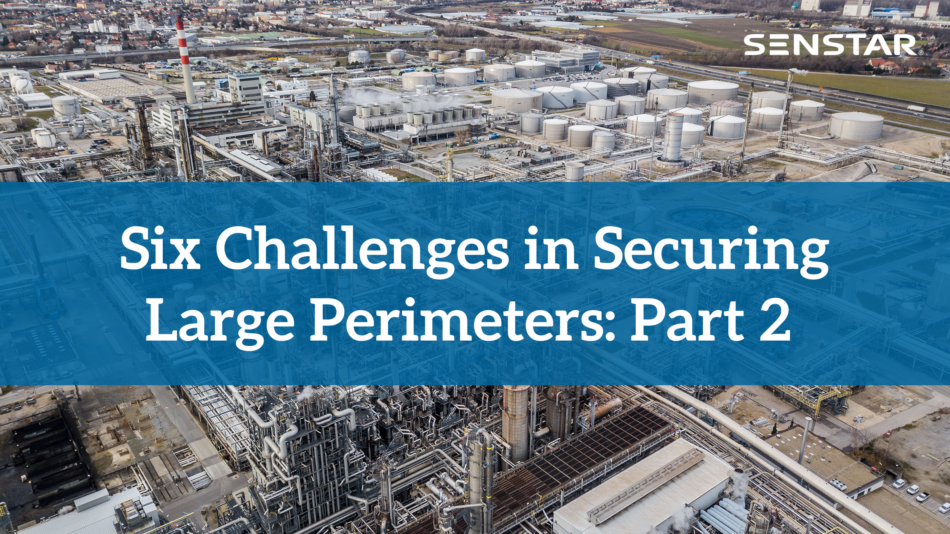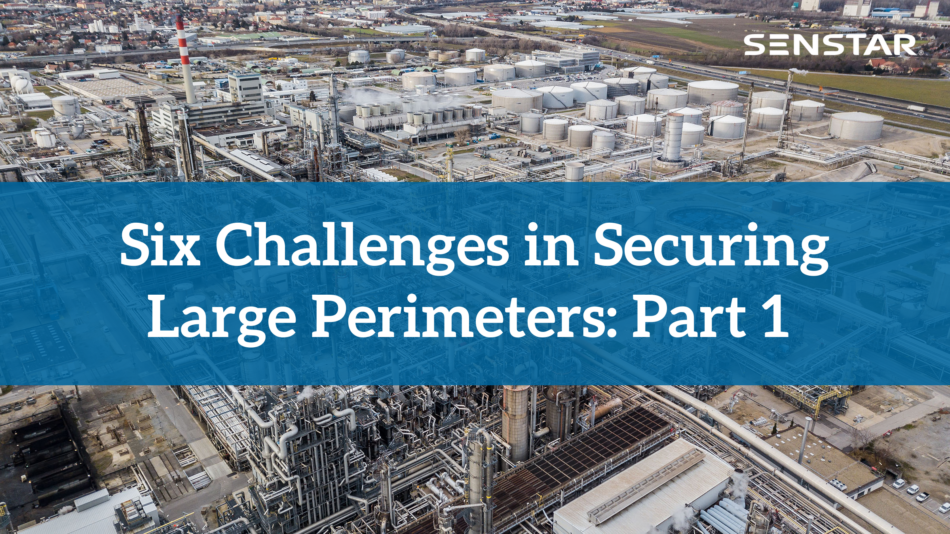FiberPatrol FP1150 is a perimeter intrusion detection system that can be fence-mounted, buried, or deployed in a wall-top configuration. It can also be used to protect data conduits and buried pipelines. Advanced adaptive signal processing along with certified SMS/VMS integration options ensure the highest level of security and performance.
Fence Sensors

Fence-mounted sensors detect and locate intruders at the fence line, before they get inside a property. Senstar offers a range of fence sensors and other types of sensors and solutions to meet the requirements for sites of all sizes.
FiberPatrol FP1150
Fiber Optic Intrusion Detection System for Fence, Wall, and Buried Applications
FiberPatrol FP400
Zone-Based Fiber Optic Intrusion Detection System
FiberPatrol FP400 is a zone-reporting fence-mounted fiber optic intrusion detection sensor that detects intruders climbing, cutting or lifting the fence fabric.
FlexZone
Locating Fence-Mounted Intrusion Detection Sensor
FlexZone is a cable-based fence-mounted system that detects and locates any attempt to cut, climb or otherwise break through the fence. FlexZone is easy to install and a cost-effective solution ideal for sites of all sizes.
Senstar LM100
Perimeter Intrusion Detection and Deterrence System
Combining two key security functions in one cutting-edge product, the Senstar LM100 acts as a powerful deterrent against intruders, detecting and illuminating them at the fence line while alerting the site’s security system.
Fence Sensors FAQs
What Are Fence Sensors?
Intrusion detection sensors are key to effective perimeter security. Fence-mounted sensors detect and locate intruders at the fence line, before they get inside. Cable, fiber optic, or accelerometer-based, the systems work with most fence types, including chain-link, welded mesh, expanded metal mesh, and palisade. The sensors enhance the security value of fences by detecting attempts to cut, climb or otherwise break through the fence. Fence sensors may also be used on non-standard fence types and interior and exterior walls.
Why Fence Sensors?
Fence sensors turn a fence into a smart fence, detecting intruders before they get inside the perimeter of a site. Fence sensors with ranging capabilities can pinpoint the exact location of the intrusion and detect multiple simultaneous intrusions.
What are Fiber Optic Fence Sensors?
Fiber optic sensors work by transmitting pulses of laser light into optical fiber and accurately measuring the minute light reflections that occur along its length. A disturbance of the fiber caused by fence vibrations changes the amount of light returned from that point. Fiber optic sensors are immune to lightning and EMI and require no conductive components or grounding points in the field.
What are Cable Fence Sensors?
Using signals generated by the minute flexing of its cable, these sensors detect and locate movement of the fence. High-speed sampling along with location data ensures the processor captures a precise picture of the fence signal and enables advanced algorithms to discriminate between actual intrusions and environmental noise.
What are Intelligent Lighting Fence Sensors?
Intelligent lighting provides localized, uniform, configurable lighting along the fence line, while built-in accelerometers detect attempts to cut, climb, or otherwise break through the fence. Uniform coverage lets cameras operate with a higher dynamic range, ensuring objects and people are illuminated while avoiding the generation of dark silhouettes in front of bright backgrounds.
What are Armored Fence Sensors?
Protected, armored sensor cable may be used in ultra-high security applications or to provide additional cable protection, such as when sensors are installed alongside razor/concertina wire.
Similar Terms
Fence alarm, perimeter sensor, electronic detection system, fenceline intrusion detection system (FIDS)
How To Deploy Sustainable Green Solutions without Compromising Security
For physical security professionals, ensuring that a site’s security program (physical systems, people and procedures) achieves its goal of reducing risk and protecting assets is of primary importance. Traditionally, this means...
Six Challenges in Securing Large Perimeters: Part 2
A recent article posted on securitymagazine.com summarized six challenges associated with securing the perimeters of large facilities. In our last post, we looked at the first three challenges. In Part 2...
Six Challenges in Securing Large Perimeters: Part 1
A recent article posted on securitymagazine.com summarized six challenges associated with securing the perimeters of large facilities. In Part 1 of this article, we examine the first three challenges in greater...



